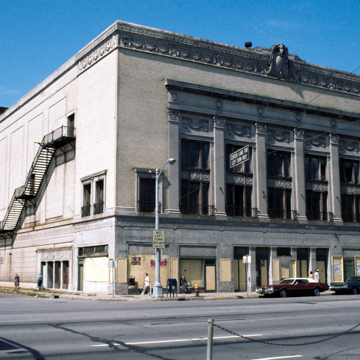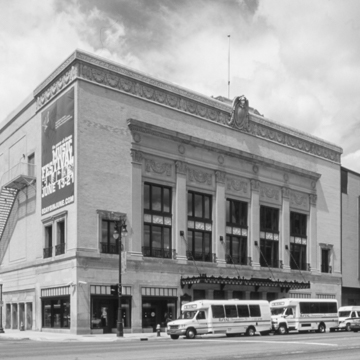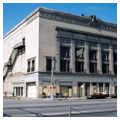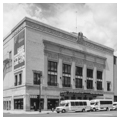The first true concert hall built in Detroit, Orchestra Hall is famous for its marvelous acoustics and its Beaux-Arts classical design. It was planned by Crane, a nationally recognized Detroit specialist in theater design, with his associates Elmer George Kiehler and Cyril E. Schley. Born in Hartford, Connecticut, in 1885, and a protégé of Albert Kahn, Crane eventually designed some two hundred theaters in the United States, fifty of them in Detroit. According to Kiehler, as recorded in the HABS documentation on the building (1972), when Crane simply built a building that pleased the eye, it was found pleasing to the ear as well. Through the design of this acoustically superior auditorium, with its rich gold, silver, and ivory interior trimmings, music patrons were able to persuade Ossip Gabrilowitsch, a Russian-born pianist and composer who had studied with Rimsky-Korsakov in Vienna, to accept the conductorship of the Detroit Symphony.
Orchestra Hall is a splendid example of Academic design. The large rectangular block is backed at the west by the upward projection of the stage loft's skylight. The building's exterior material is limestone and pale yellow brick. Above the limestone base containing storefronts and the lobby entrance, the principal facade has an ornamental unit composed of colossal pilasters that separate two levels of office windows and is crowned with a deep entablature ornamented with swags and candelabra. The building itself is capped with a similar entablature elaborated with leafy swags, ribbons, and rosettes separated by cartouches, and a cornice with Greek fretwork. A large elliptical cartouche topped by a carved female head with manteling extends above the center of the entablature. The main entrance opens into a shallow vestibule and, in turn, the main elliptical-shaped lobby. The auditorium is nearly rectangular, with a horseshoe-shaped mezzanine of boxes and a balcony.
For twenty years hundreds of concerts were performed within this great hall, some featuring such famous guest artists as Mischa Elman, Pablo Casals, Arthur Rubinstein, Sergei Rachmaninoff, and Vladimir Horowitz. Plagued by financial problems, the symphony moved in 1939 from Orchestra Hall to the larger Masonic temple ( WN52). The hall then became a theater, and later, a church. In the 1970s and 1980s a citizens' committee to save Orchestra Hall won enough support to acquire and restore it. Since restoration, the Detroit Symphony Orchestra performs again in Orchestra Hall. In 2010 the symphony players sought salary increases despite the orchestra's lower revenues and need to reinvent itself.


















